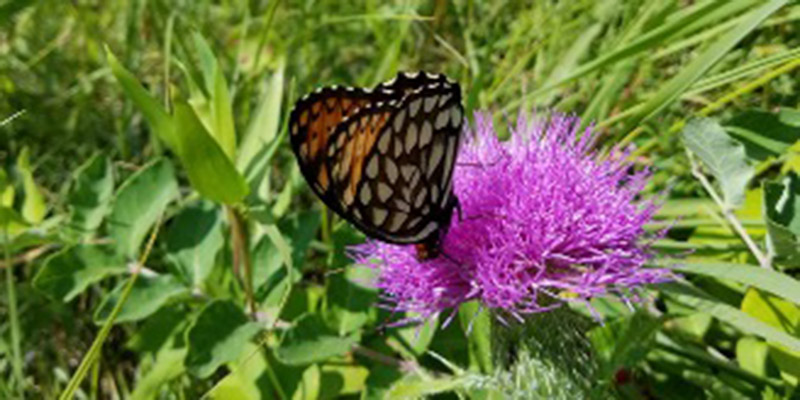
An important goal of any reintroduction is to provide sufficient genetic variability to buffer against changing selection pressures and to ensure the long-term survival and continued evolution of a species. Genetic erosion during the creation of a reintroduced population can have a large impact on long-term success. Reintroduction of a new species involves many steps, including collecting wild seeds, bulking in seed-increase beds, propagation in a greenhouse, and direct sowing into reintroduction sites, each of which has the potential to create bottlenecks which diminish genetic representation. We are working with a number of rare species, including Cirsium pitcheri, Cirsium hillii, and Castilleja levisecta, using molecular genetics tools to understand whether and where potential genetic bottlenecks may be occurring during the restoration process. Using an integrated approach we aim to help develop best practices for producing genetically diverse plant materials of these species to increase their usage (White, Fant, Havens and Kramer).

